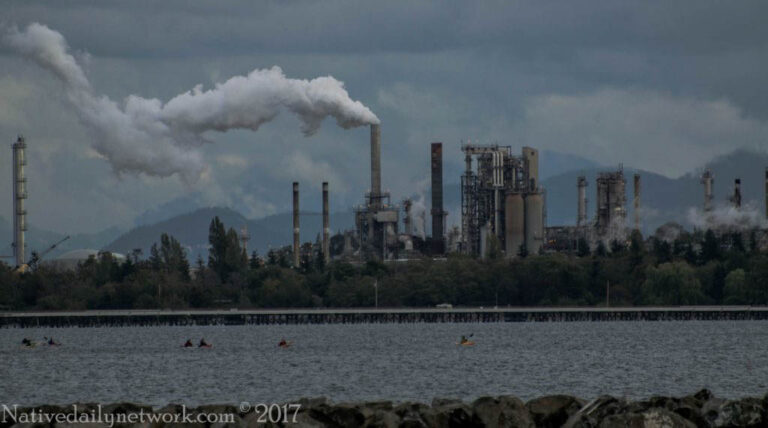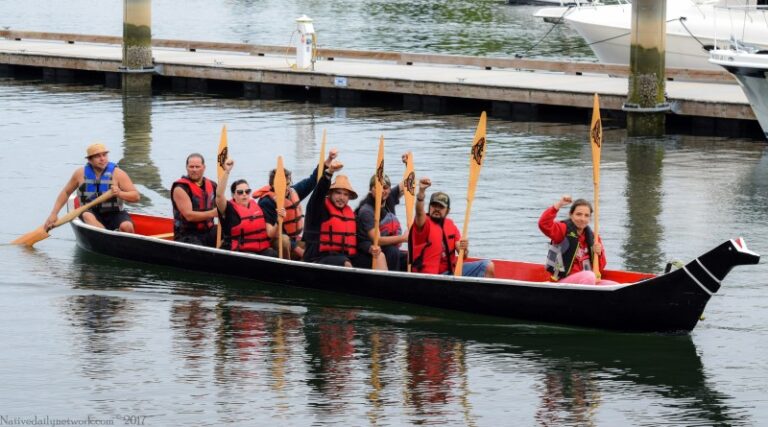Protecting The Water Not Protesting The Pipeline
by Benita Moore and Darren Moore
The Dakota Access Pipeline (DAPL) resistance efforts have been primarily focused on protecting the land, water, and sacred sites of the Standing Rock Sioux tribe and other Indigenous communities. The movement is not just about protesting the construction of the pipeline, but about defending the rights and asserting the sovereignty of Indigenous peoples in their ancestral homes. The participants are not just expressing their disapproval, but taking concrete actions to assert their presence and sovereignty on their ancestral land, and to protect their cultural heritage and the natural resources that are essential to their way of life.
The use of the term “protest” does not fully convey the deeper issues at stake in this movement, such as the protection of cultural heritage and the right to self-determination. The people involved in the movement are taking active steps to protect their land, water and the future of their people. The resistance efforts involve a wide range of activities, from setting up camps and occupying land to engaging in legal battles and organizing protests and rallies.
The goal here is simple; to protect the water and safeguard it for future generations. Clean water is essential for the survival and well-being of the all peoples. Water also plays a central part of indigenous culture, spirituality, and way of life. The movement at Standing Rock is built on prayer and is led by ceremony, which is reflective of the deep spiritual and cultural connection that the Indigenous people have with the land, water, and their ancestors. For many of the participants, this is also a time of prophecy, where they believe that their actions are fulfilling ancient prophecies and fulfilling their role as caretakers of the land.
False Narratives
The term “protest” can be misleading in describing the resistance efforts because it implies that the movement is simply about expressing dissatisfaction or opposition to a particular project or policy. In reality, the movement is about defending the rights and sovereignty of Indigenous peoples and preserving the natural resources that are essential to their health and communities. The use of this term can also be used to paint a negative narrative, setting the stage for blame and escalation of response from authorities and media.
It’s important to note that the use of certain terms and language can shape the way that a movement is perceived by others, as well as how the participants see themselves. Historically, the use of derogatory terms such as “Red Devils” and “Savages” were common parlance in the United States and beyond and were used to justify violence and oppression against Indigenous peoples. By framing the movement in terms of protection, rather than protest, it can help to convey the importance of the movement to the Indigenous people and their communities.
It is unfortunate that media coverage of Indigenous movements and issues have historically been characterized by false narratives and stereotypes that depict Indigenous peoples as violent, criminal, or uncivilized. This type of coverage is harmful and can perpetuate discrimination and prejudice, and it is important to be aware of these narratives and to question their accuracy and fairness.
As the resistance movement continues, we have to be vigilant and critical of media coverage, and to be aware of any attempts to frame the movement in a negative or misleading way. It is equally important to amplify the voices and perspectives of the Indigenous peoples themselves, and to ensure that their experiences and perspectives are accurately and fairly represented in the media and beyond.
In summary, Indigenous people have been historically misrepresented and dehumanized in media, and that has led to a continuance of violence, discrimination, and oppression that Indigenous people face today. The media has a responsibility to report the truth, to be fair and balanced and to acknowledge the rights and the sovereignty of Indigenous people.
Protecting
The people on the ground of these resistance efforts, as well as their allies and supporters, understand that this movement is about standing up for the protection of Mni Wiconi or “Water of Life”.
These efforts are not about protesting a contentious idea that is open to debate. For the Protectors, the message is clear: they are here to protect the water and the land from the potential harm that could be caused by a leak from the pipeline. They are also standing up for the rights of the people who would be affected by the potential damage from a leak, the water is not only important for the Standing Rock Sioux tribe but for all the people living downstream.
It is important to have control over the narrative of who you are and what you stand for. It is also important to make sure that the correct terminology is used to describe the actions and beliefs of a group. By referring to yourselves as “protectors” rather than “protesters” you are emphasizing the specific cause you are fighting for and the actions you are taking to defend it. Encouraging others to use this terminology can help to ensure that the message and goals of your movement are clearly understood.
Earth Defenders, Water Protectors.





